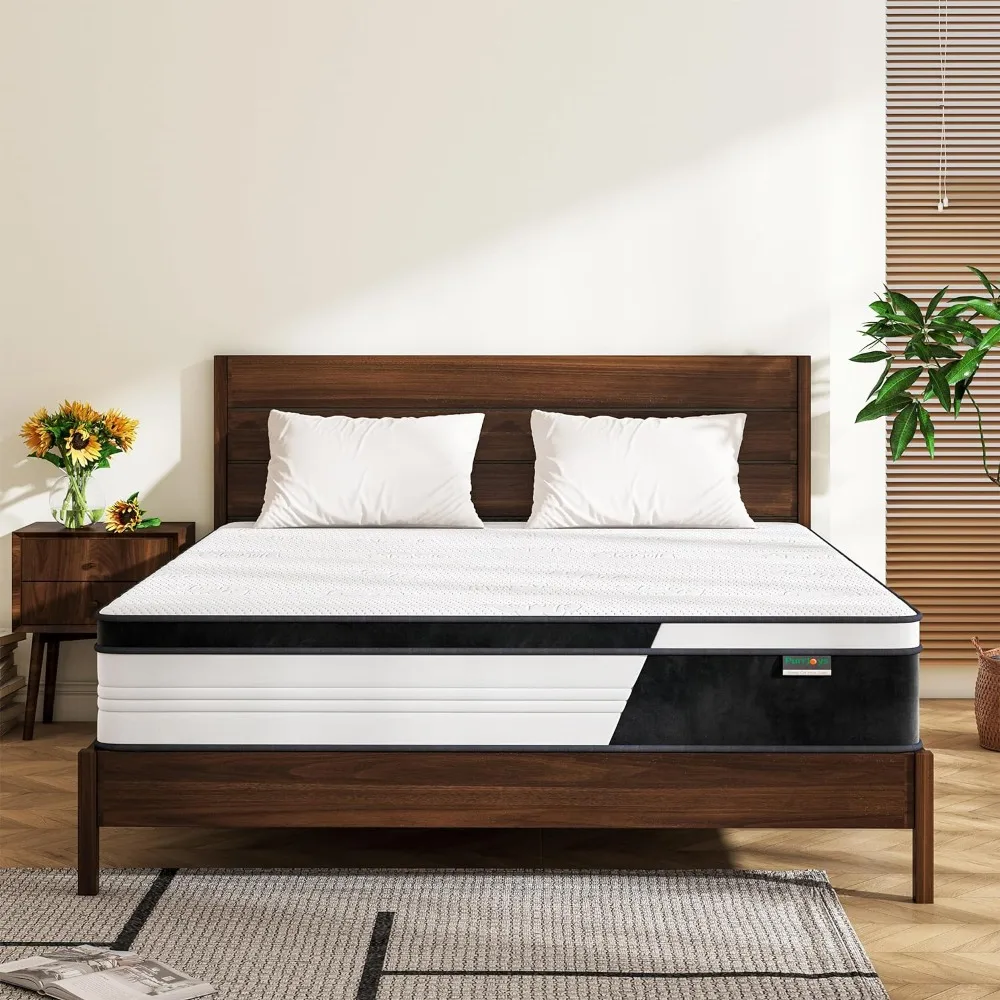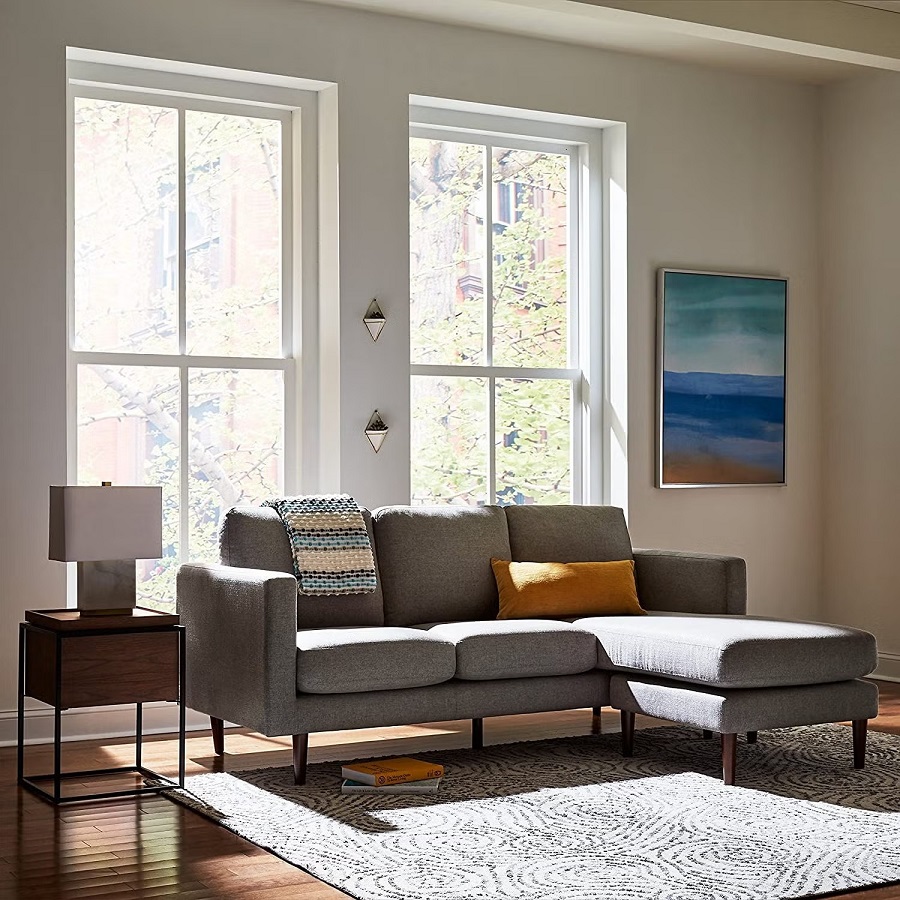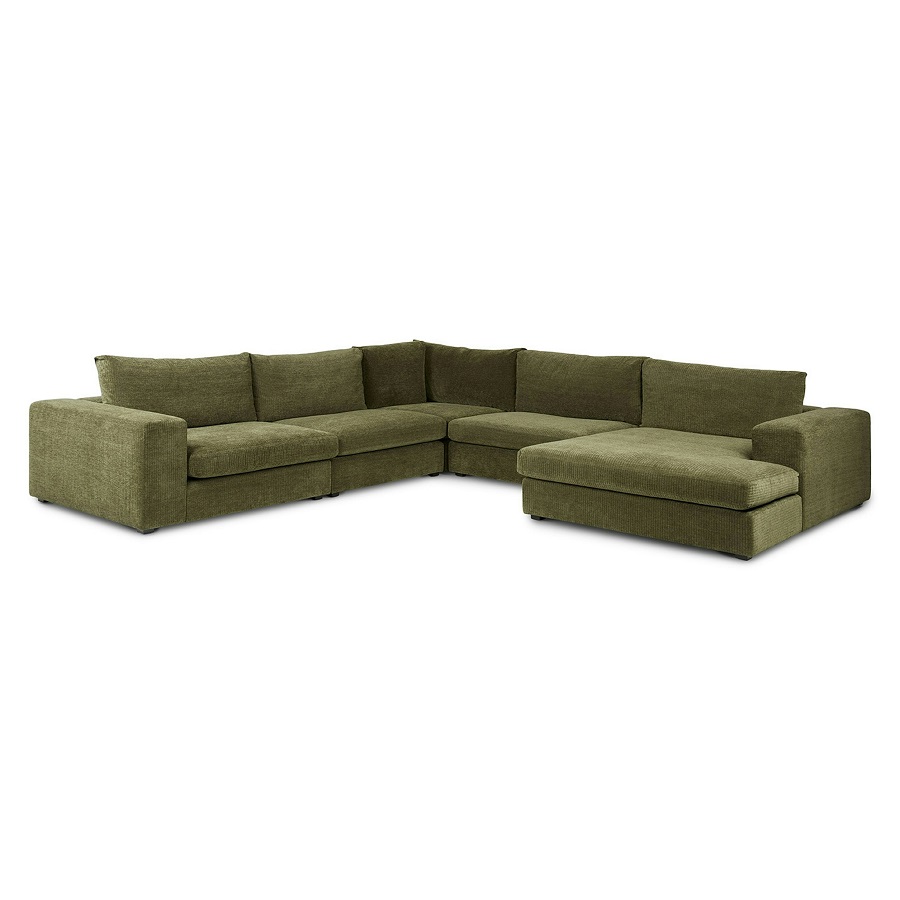Introduction: The Rising Concern Over Fiberglass in Mattresses
In recent years, the use of fiberglass in mattresses has sparked debates and concerns among consumers, primarily due to misinformation and misunderstandings surrounding its safety. As a common component in fire barriers used to meet flammability standards, fiberglass has been implicated in health scares and allergic reactions. This article aims to clarify misconceptions, examine the facts, and provide a balanced perspective on the presence of fiberglass in mattresses.
Understanding Fiberglass and Its Role in Mattress Construction
What is Fiberglass?
Fiberglass, composed of extremely fine glass fibers, is a widely used synthetic material valued for its strength, durability, and heat-resistant properties. It’s commonly found in insulation, auto parts, and yes, mattress fire barriers.
Mattress Fire Safety Standards
Posturepedic, memory foam, or spring—regardless of the type, all mattresses sold in the U.S. must comply with strict federal flammability regulations, such as the CFR 1633 standard. Fiberglass is often incorporated into a layer within the mattress as a cost-effective and lightweight means of complying with these requirements.
Fiberglass Is Inherently Dangerous
Misconceptions vs. Reality
One of the most prevalent myths surrounding fiberglass in mattresses suggests that it poses an immediate and significant health risk to users. However, it’s important to note that fiberglass, when contained and undisturbed within the mattress, does not inherently present a hazard.
Fiberglass Inhalation Risks
The primary concern arises from the potential release of airborne glass fibers when the barrier is damaged or improperly handled. Inhalation of these microscopic shards can irritate the skin, eyes, nose, and throat, mimicking allergy-like symptoms or causing respiratory discomfort.
Fact: Safe When Properly Encapsulated
Manufacturers employ encapsulation techniques to ensure the fiberglass remains securely within the mattress layers, significantly reducing the risk of exposure. It’s crucial for consumers to understand that well-designed mattresses minimize direct contact with loose fibers.
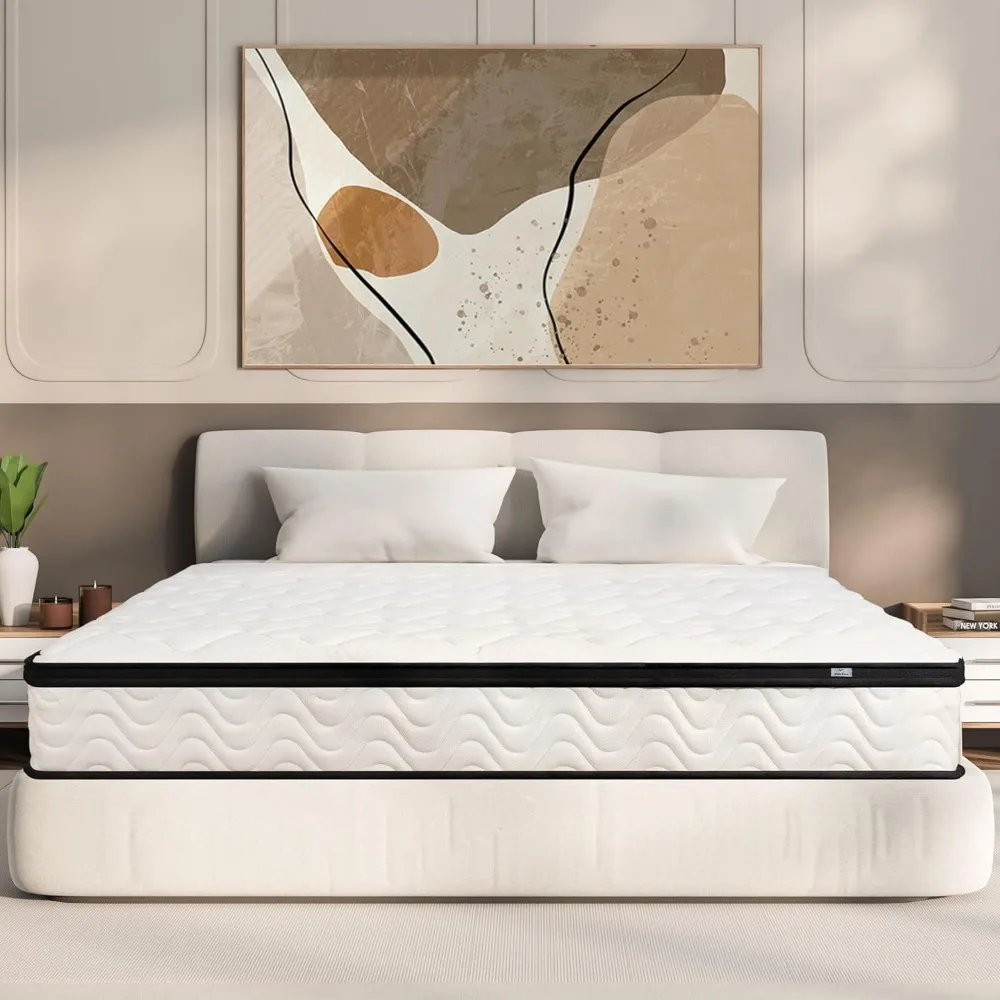
Allergic Reactions Are Universal
Variability in Human Sensitivity
Contrary to popular belief, not everyone reacts to fiberglass in the same manner. Sensitivity varies greatly among individuals, with some experiencing no ill effects even upon direct contact, while others may exhibit mild to moderate irritation.
Mislabeling of Symptoms
Allergy-like symptoms attributed to fiberglass exposure could stem from other allergens present in the environment or pre-existing conditions. Proper diagnosis by a healthcare professional is necessary to differentiate between true fiberglass allergies and other causes.
Fact: Manageable Risk with Precautions
With appropriate handling guidelines followed, the likelihood of adverse reactions can be minimized. Wearing gloves and a mask during setup or when inspecting a mattress can prevent direct contact and inhalation.
There Are No Alternatives to Fiberglass
Exploring Other Fire Retardant Options
While fiberglass is a common choice, it’s not the only solution for flame retardancy. Natural materials like wool and rayon treated with silica or other non-toxic chemicals can serve as effective and safer alternatives.
Innovation in Mattress Technology
Advancements in textile engineering have led to the development of synthetic fiber blends that mimic the fire-resistant properties of fiberglass without the potential health hazards. These high-tech fabrics are becoming increasingly popular in premium mattress models.
Consumer Responsibility and Education
Label Reading and Research
Given the concerns surrounding fiberglass, it’s essential for consumers to read product labels carefully and research the materials used in their prospective mattress. Many manufacturers now explicitly advertise ‘fiberglass-free’ products to cater to concerned buyers.
Post-Purchase Care and Maintenance
Proper care, including using a mattress protector, can further minimize the risk of accidental exposure to any internal components, including fiberglass. This additional layer acts as a safeguard against wear and potential fiber release.
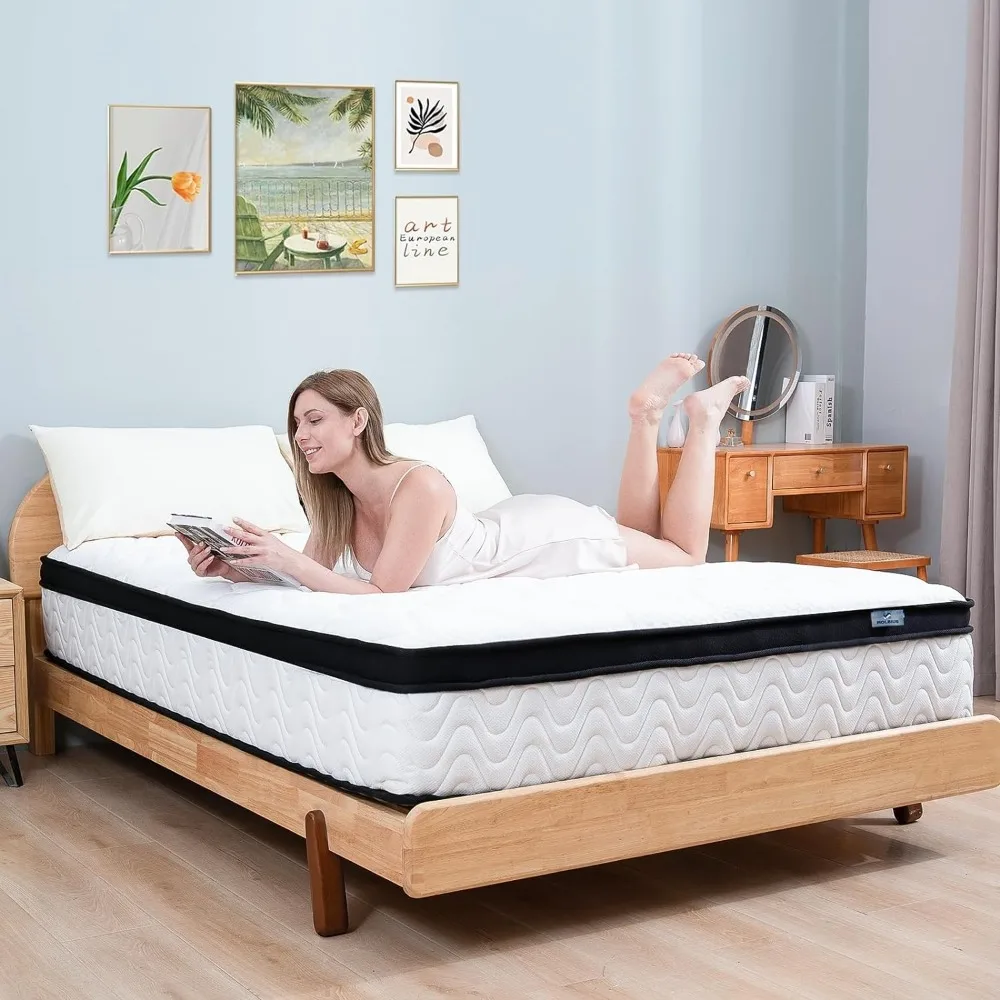
Understanding Certifications and Labels
In the quest for a safer sleep environment, consumers should look out for certifications from reputable third-party organizations. CertiPUR-US, GOTS (Global Organic Textile Standard), and Greenguard Gold are a few examples that indicate the mattress materials meet rigorous standards for content, emissions, and chemical composition. These certifications can serve as a guide for those seeking to avoid specific substances, including fiberglass.
Transparent Manufacturer Information
Opt for brands that openly disclose their materials and manufacturing processes. Companies committed to transparency will readily share details about their fire barrier methods and any alternatives to fiberglass they employ. Online reviews, forums, and direct communication with customer service can help gather such insights.
Eco-Friendly and Natural Mattress Alternatives
For those highly sensitive to synthetic materials or concerned about environmental impact, exploring natural and organic mattresses can be a viable solution. Mattresses made from natural latex, organic cotton, wool, or a combination of these materials not only avoid the use of fiberglass but also minimize exposure to other potentially harmful chemicals.
Customization and Special Requests
Some manufacturers are flexible and accommodate special requests, such as customizing a mattress with a specific fire barrier material. Don’t hesitate to inquire about customization options, especially if you have unique sensitivities or preferences.
The Importance of a Trial Period
Given the investment and personal nature of a mattress purchase, taking advantage of trial periods offered by many companies is crucial. This allows you to test the mattress in your own home, ensuring it meets your comfort expectations and doesn’t trigger any sensitivities. Should you notice any issues, most retailers will permit returns or exchanges within a specified timeframe.
Final Thoughts: Empowering Consumers for Better Sleep Health
Navigating the complexities of mattress materials, particularly regarding the presence of fiberglass, can be overwhelming. However, armed with accurate information and a discerning approach to product selection, consumers can make choices that prioritize their health and well-being without compromising on safety or comfort. Remember, safety goes beyond just the absence of fiberglass—it encompasses a holistic understanding of materials, certifications, and personal needs. By being an informed and proactive shopper, you can rest assured knowing your mattress supports not only a good night’s sleep but also your long-term health.
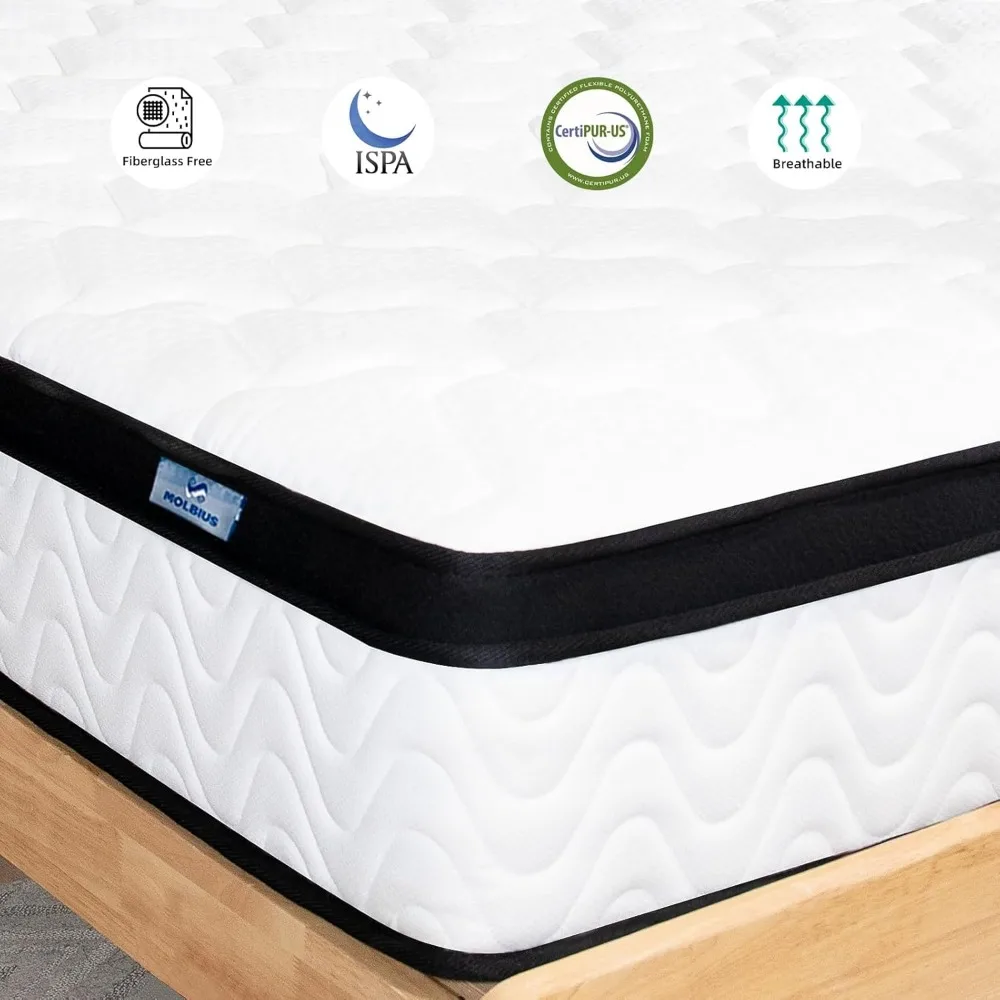
Understanding Certifications and Labels
In the quest for a safer sleep environment, look for certifications from reputable organizations. CertiPUR-US, GOTS (Global Organic Textile Standard), and Greenguard certify materials for content, emissions, and environmental standards, indicating a commitment to healthier products.
Clear Communication with Manufacturers
Don’t hesitate to reach out to manufacturers directly with questions about their materials and production processes. Transparent companies will readily provide information about fire barrier materials and any alternative options they offer.
Eco-Friendly and Health-Conscious Alternatives
As consumer demand shifts towards more eco-friendly and health-conscious products, natural materials like organic cotton, wool, and latex are gaining traction. Wool, in particular, is a popular natural fire retardant due to its inherent properties, offering a safer and sustainable alternative to synthetic barriers.
Customization and Special Orders
Some manufacturers are willing to accommodate special requests for customized mattresses, excluding specific materials like fiberglass upon request. This personalized approach caters to individuals with heightened sensitivities or strong preferences.
Conclusion: Separating Fact from Fiction in Mattress Safety
The discourse around fiberglass in mattresses underscores the need for balanced information and consumer education. While concerns about fiberglass are not entirely baseless, they often stem from a lack of understanding about its controlled use and the measures taken to ensure user safety. By debunking common myths and highlighting the existence of alternatives and safety precautions, we can make informed decisions about our bedding choices. As technology advances and consumer preferences evolve, the industry continues to adapt, offering safer alternatives and increased transparency, ensuring a good night’s sleep comes with peace of mind.






